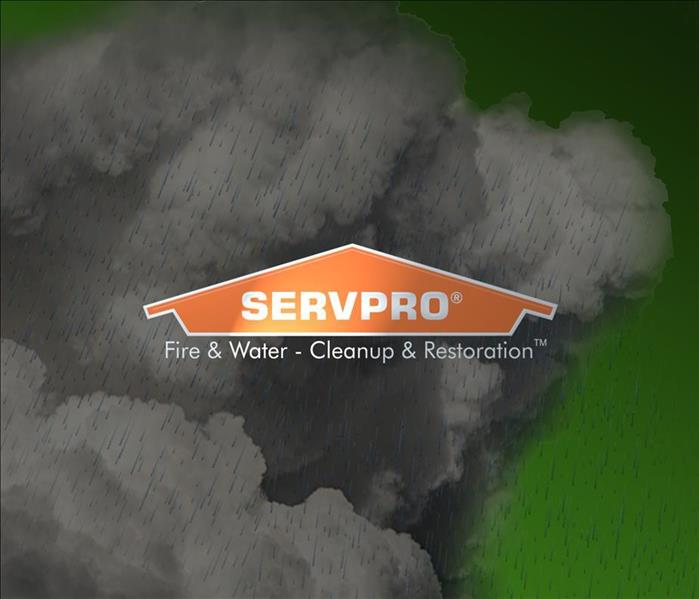Is Your Longview Property Ready for a Power Outage?
6/3/2021 (Permalink)
 You can't stop a storm or power outage from affecting your home, but you can prepare. Make an Emergency Plan today.
You can't stop a storm or power outage from affecting your home, but you can prepare. Make an Emergency Plan today.
In the first half of 2021the Longview area has experienced a great deal of extreme weather. For the first time in decades, Texas became was hit by a formidable “Snow-Mageddon” which brought heavy snowfall and ice. Beyond that, we have had a large number of thunderstorms as well. These Snowfall and lighting storms were often accompanied by power outages, which often went on for days at a time. This all led to a mad dash for many people to buy supplies and generators, which showed a great lack of planning for a surprisingly large number of residents of Gregg County. So, here are some helpful tips and a good outline on how to prepare for a power outage.
- For Sudden Outages
If the lights go out and you’re left in complete darkness, navigate around your home carefully to avoid tripping over obstacles or knocking things off shelves. You do not want to clean up broken glass in the dark. Similarly, if the lights go out when you’re in the shower, do your best to rinse off any remaining soap and tread carefully while you find clothes. If you know you have a lot of tripping hazards around your home, put on shoes or slippers to avoid stubbing your toes or stepping on wayward toys.
Peek out the window to see if your neighbors have power. If they don’t, you may be without power a little while as the utility company works to restore it. During storms or strong winds, stay inside. Downed power lines are a significant threat if they’re still live. Immediately call your local utility if you see something that could be hazardous like sparks flying from power lines or downed poles.
- Preparing Your Home
Walk through your home, turning all your light switches to the off position. Unplug any appliances and electronics to prevent damage from electrical surges. Make sure you at least unplug your media center, any computers, and other expensive equipment. Leave one light switch on to signal when the power comes back on.
If you have a generator, keep it away from windows and never run it indoors. Likewise, never use camp stoves or charcoal grills inside your home. Without proper ventilation, carbon monoxide from combustion can get trapped in your home and put you at risk for carbon monoxide poisoning.
- Flashlights
Keep a few flashlights within reach in the most used rooms in your home. Some good spots are near the front door, in the kitchen, and next to your bed. Make sure they have fresh batteries, and you have a supply of extras on hand as well. Be cautious using candles on surfaces that won’t budge like kitchen and bathroom counters.
- Radio
A battery-powered or hand-crank radio is an essential tool for emergency preparedness. If you can’t charge your devices or connect to regular communication channels, a radio will tune you into weather and emergency updates in your area. Look for NOAA Weather Radios, which connect you to the National Oceanic & Atmospheric Administration’s 24-hour national weather service.
- Water
During emergencies, especially in extreme weather, your home’s water supply could be at risk of contamination from sewage or flood waters. Safe drinking water is the first essential to make sure you have on hand. Make sure you have enough water for everyone in your household. It’s recommended to have at least one gallon per person, per day for at least three days. For a family of four, that’s a minimum of 12 gallons of drinking water.
- Food
Food is also a critical concern during longer power outages and emergencies. To keep your perishable foods (meat, poultry, fish, eggs, or leftovers) fresh as long as possible, avoid opening your fridge and letting out any more cold air than is absolutely necessary. Even without power, refrigerators will keep your food cold for roughly four hours. A full freezer will stay cold for about 48 hours.
Info from: justenergy.com





 24/7 Emergency Service
24/7 Emergency Service